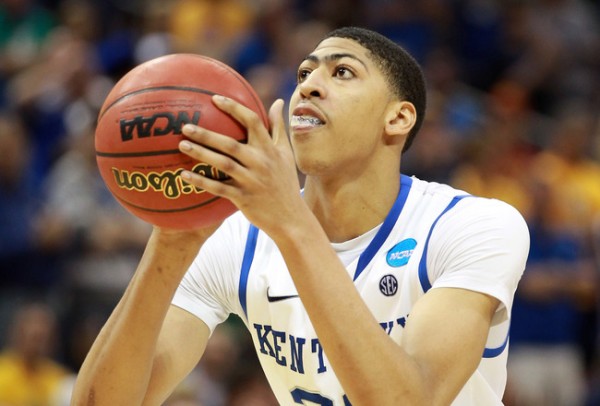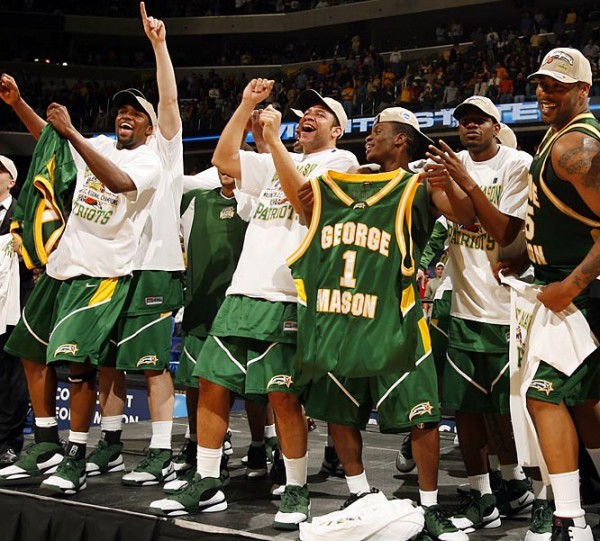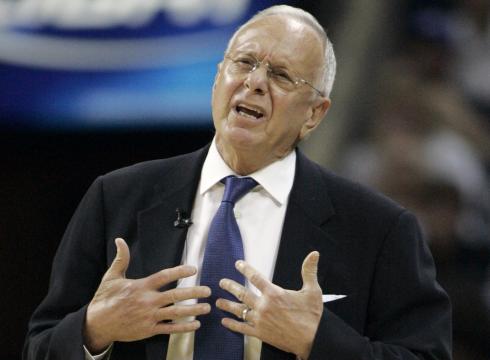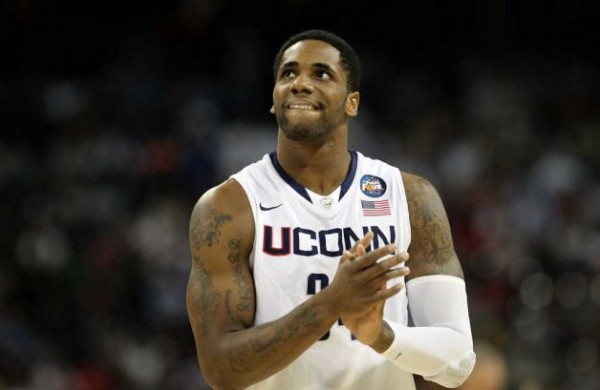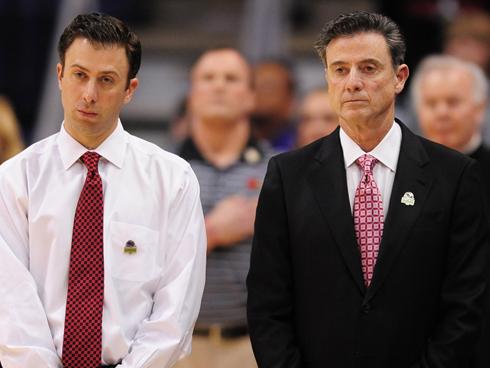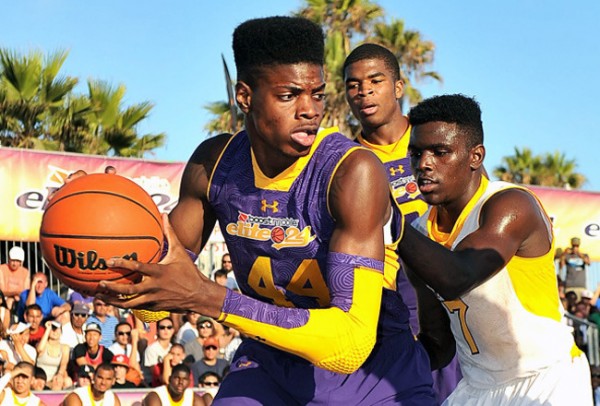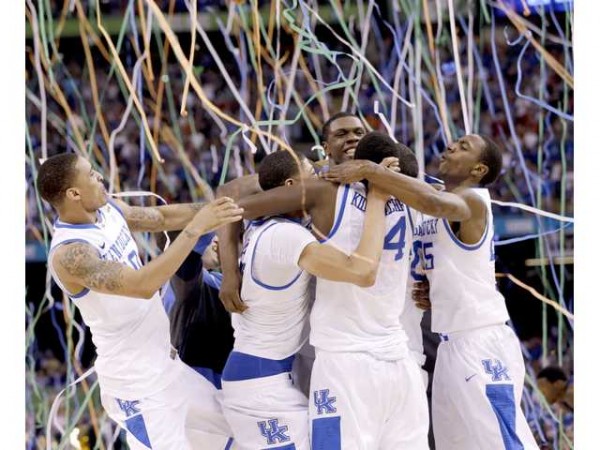Big East Commissioner John Marinatto Resigns After Trying Time of Realignment
Posted by EJacoby on May 7th, 2012Evan Jacoby is a regular contributor for RTC. You can find him @evanjacoby on Twitter.
Since the Big East Conference was founded in 1979, there have been only three commissioners of a league that has featured stability and prosperity throughout its existence. But the landscape of college sports continues to change and the Big East is no exception. On Monday, Commissioner John Marinatto announced his resignation from the position, leaving a vacancy atop the country’s most dominant basketball conference. The status of the Big East as the nation’s premier basketball league may soon be in question now that Syracuse, Pittsburgh, and West Virginia are on their way out, which was likely a strong factor that came into play with this story. Marinatto was unable to follow in the footsteps of Dave Gavitt and Mike Tranghese, the first two Big East commissioners who each served for at least 11 years. Marinatto only lasted from July 2009 to May 2012 and simply became a victim of the greater effects of conference realignment.
Marinatto was unable to please the Big East Board of Directors despite successfully expanding the league to 18 schools for the 2013-14 season, which includes new teams Memphis, Temple, SMU, Central Florida, Boise State, San Diego State, and Houston. However, of the 18-team league, only 13 will be playing Big East football in 2013, the sport that brings in the most money and affects the majority of decisions regarding realignment. In addition, the upcoming 18-team league does not include recently departed longtime members Syracuse and Pittsburgh, two of the top basketball programs in the entire country. The conference also lost longtime powerhouse West Virginia and new addition TCU to the Big 12, two huge football losses. “Our recent expansion efforts have stabilized the Conference for the long term,” said Marinatto in his statement, but reports suggest that he was asked to resign from the position, so not everyone was pleased by these efforts. “I felt this was the right time to step aside and to let someone else lead us through the next chapter of our evolution,” Marinatto added.






























